The Cathedral of Santiago de Compostela – 5 Things To Know
The Cathedral of Santiago de Compostela stands as a powerful symbol of the city and marks the final destination for countless pilgrims journeying along the Camino de Santiago, whether on foot or by bicycle.
For centuries, people from all over the world have made their way to this sacred cathedral in Galicia, in the north-west of Spain. Their paths, known collectively as the Camino de Santiago or the Way of St James, have guided pilgrims through diverse landscapes and rich cultural heritage, all leading to this revered place.
Table of contents
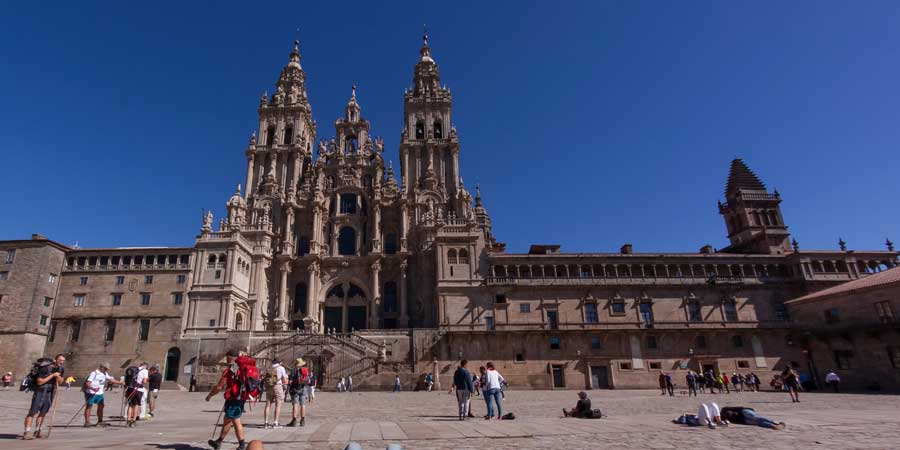
Final Camino Destination: Santiago’s Cathedral!
The Camino consists of a network of trails spread across Europe, all sharing one goal and one destination: the cathedral of Santiago de Compostela.
Let’s look at 5 things to know about the Cathedral of Santiago de Compostela:
1. Tomb of the Apostle St James
The cathedral houses the Tomb of the Apostle St James in a crypt beneath the Main Altar. Pilgrims visit this sacred site to see the silver urn that holds the remains of St James, along with those of his disciples, Saint Athanasius and Saint Theodore. These treasured relics have made Santiago one of the most important pilgrimage destinations in the world.
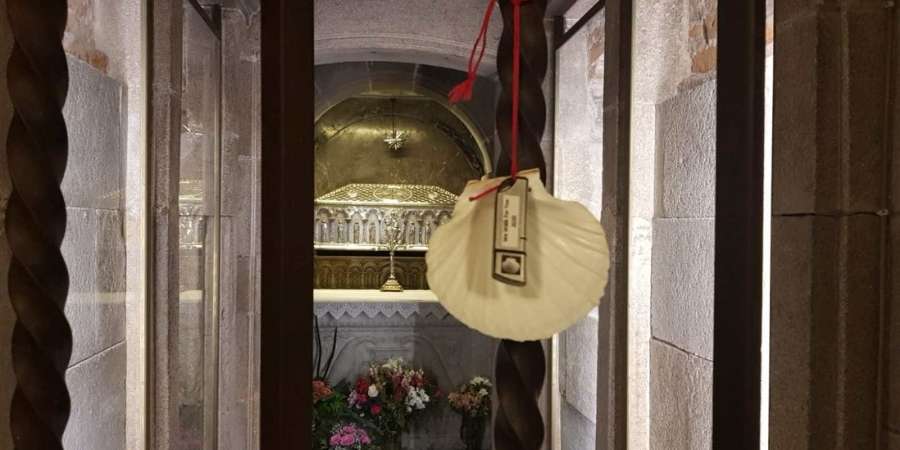
2. Design & Redesign: A Romanesque Masterpiece
The Cathedral of Santiago de Compostela stands as both a major pilgrimage destination and a remarkable example of religious architecture. Its rich artistic and architectural beauty attracts visitors from across the globe. The building retains its Romanesque foundation and medieval charm through centuries of careful preservation and care. Gothic and Baroque additions over time have transformed it into the breathtaking structure admired today.
Tradition holds that a shepherd discovered St James’s remains in the 9th century, with dates varying between 813 and 830. In response, the local community built a small chapel on the site. However, as the number of worshippers quickly grew, the chapel could no longer accommodate them. A second, larger church followed, but time and events eventually led to its destruction.
In 1003, Bishop San Pedro de Mezonzo rebuilt the church in the pre-Romanesque style. By 1075, construction of the current cathedral had begun, during the height of pilgrimage activity. In the 12th century, Mestre Mateo created the Pórtico da Gloria, a Romanesque sculpture masterpiece featuring 200 biblical figures, which adorns the western facade of the cathedral.
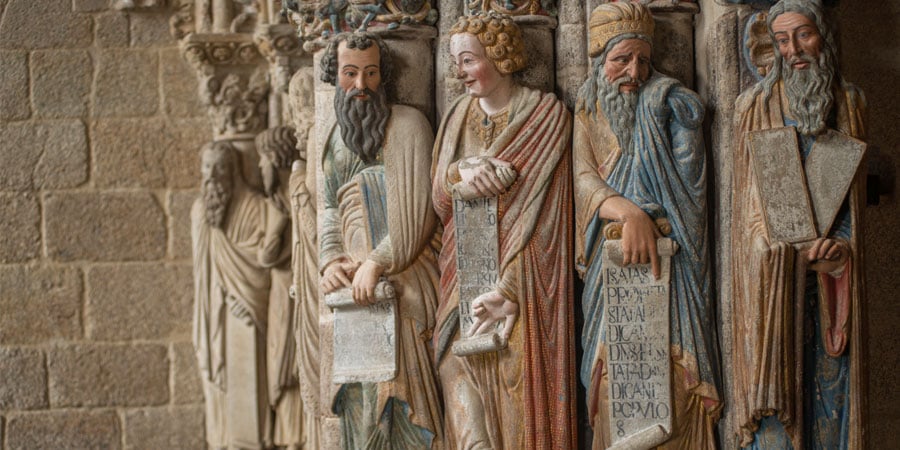
The Pórtico da Gloria reopened to the public in 2018, following a careful restoration project that lasted ten years. At one point in history, the Cathedral of Santiago de Compostela, rising to 76 metres, held the title of the tallest building in Europe.
Over the centuries, builders and craftsmen added Gothic and Renaissance features, including new chapels and the Clock Tower in the 14th century. They also introduced the Holy Door and redesigned the cloister as part of the cathedral’s gradual evolution. The most dramatic transformation took place during the Baroque period in the 17th and 18th centuries.
The iconic façade that now greets visitors from Praza do Obradoiro is the result of this ambitious redesign. Careful cleaning and restoration have since returned it to its original splendour.
3. Porta Santa: The Holy Door
Built in the 16th century, the Porta Santa—also known as the Holy Door or Forgiveness Door (Puerta del Perdón)—stands in Praza Quintana. It offers pilgrims a direct route to the crypt of St James, the Cathedral’s Main Altar, and the revered image of St James, which pilgrims traditionally embrace as part of their journey. The Church opens the Holy Door only during Holy Years, known as Ano Xacobeo.
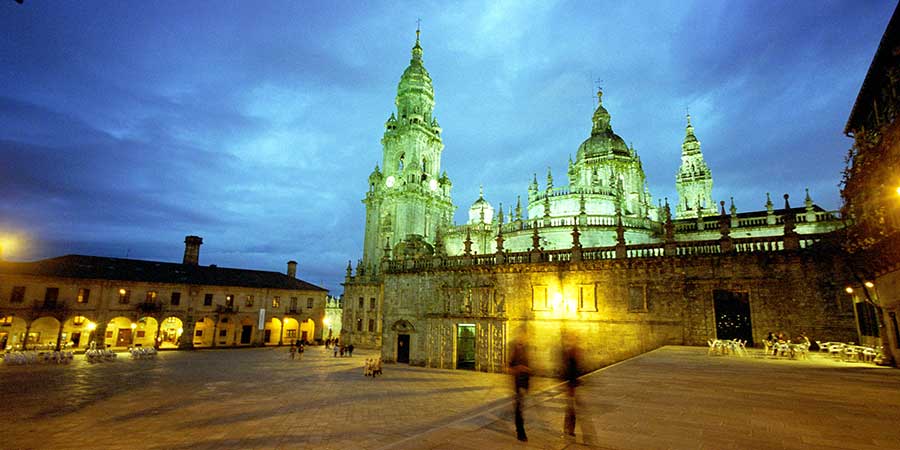
4. Botafumeiro
The Cathedral of Santiago de Compostela holds the famous Botafumeiro, a giant incense thurible crafted in the mid-19th century. On special occasions and pilgrim masses, it swings dramatically across the Main Altar. The Botafumeiro fills the cathedral with fragrant clouds, creating a powerful and moving spectacle.
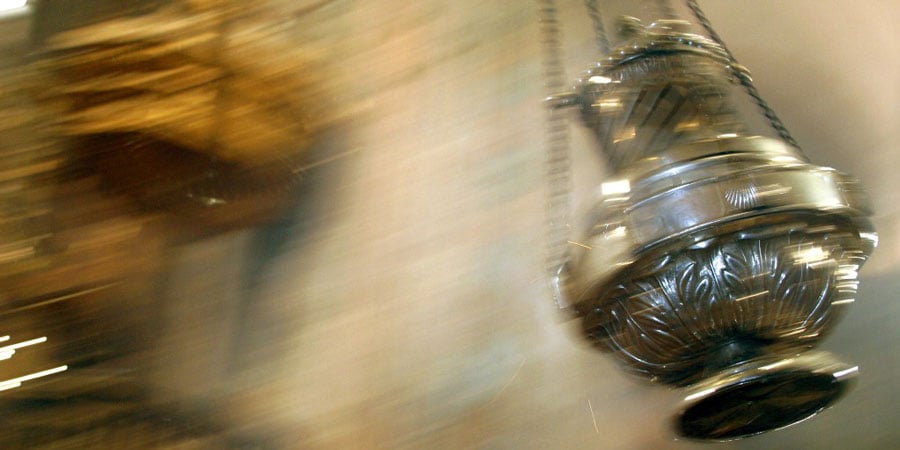
5. Confession and Mass
Confession is available throughout the day at the Cathedral of Santiago de Compostela. If no priests are present in the confessionals or if you need confession in your own language, please inquire in the sacristy.
For more details about the Pilgrim Mass and the history of the Cathedral of Santiago de Compostela, or for information on specific services, please visit www.catedraldesantiago.com. Check out Pilgrim’s Mass in The Cathedral of Santiago de Compostela for more information.
For more information about the Camino de Santiago routes or to plan your trip, please don’t hesitate to contact us.

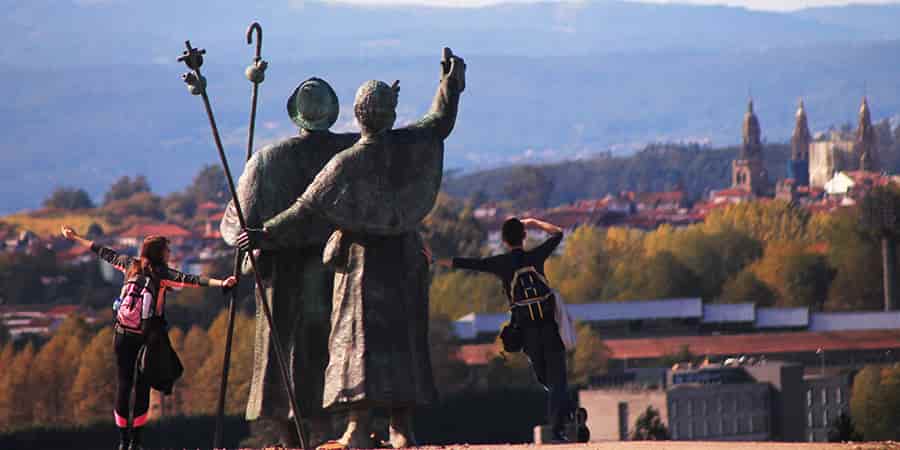
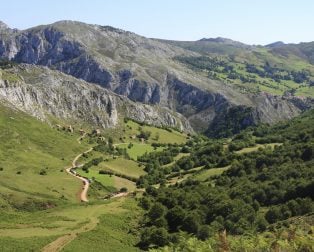
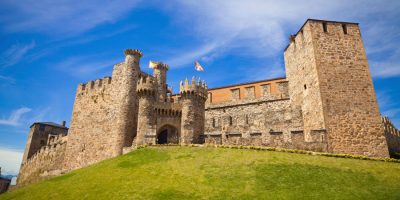
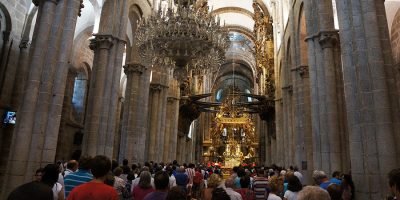
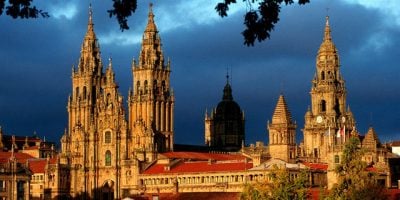

My upcoming visit will be my third to Santiago de Compostela. Looking forward to mass on All Saints Day.
Are civilians allowed to go inside the room behind metal bars where St James’ urn in a crypt was placed? I visited in October 1999 and I want to come back for another visit.
Thank you.
what a great website!!! this help me so much!!! thank u so much!
Hi Renaldo, thanks very much for your message, glad you are enjoying the website and that it’s helping you! 🙂
If a big group of pilgrims is trying to visit the tomb, do we need to make a reservation?
Hi Ana, it depends how big your group is but I would say no unless you are hoping for a guided tour of the Cathedral, I would contact them directly if that’s what you are looking for. The Cathedral is open and busy/welcoming to visitors so they are used to a lot of people.
I really wanted to thank you for these marvelous educational tips you are showing at this website. My extensive internet investigation has at the end of the day been recognized with awesome facts to talk about with my friends. I feel privileged to have come across the website and look forward to have more excellent reading time here. Thanks a lot once again for all the details.